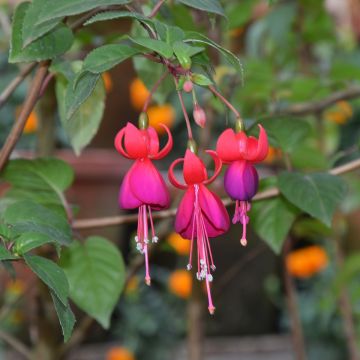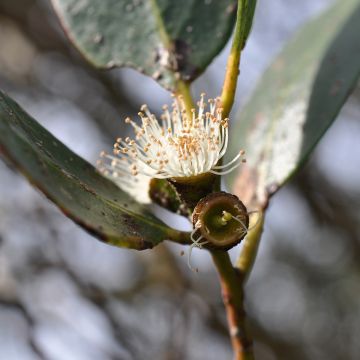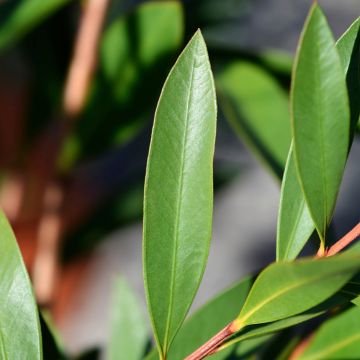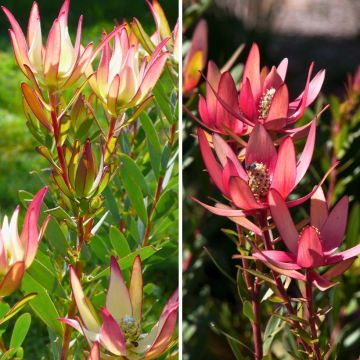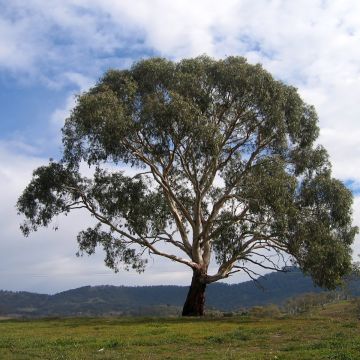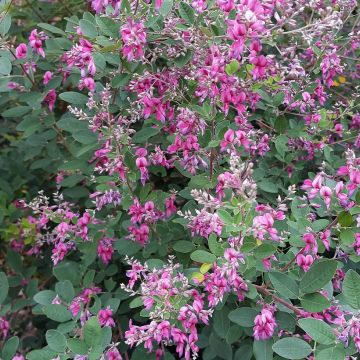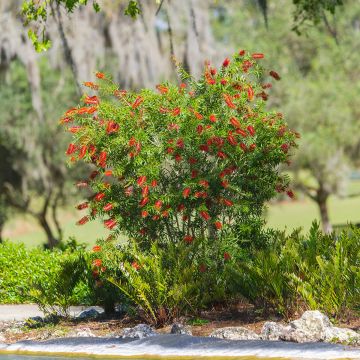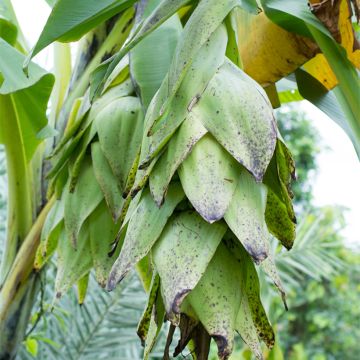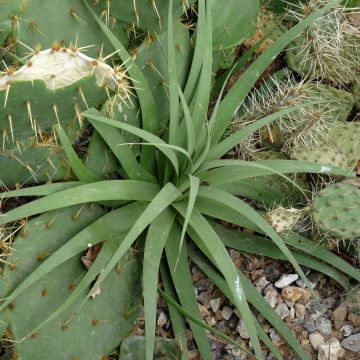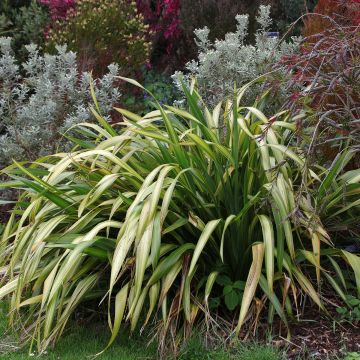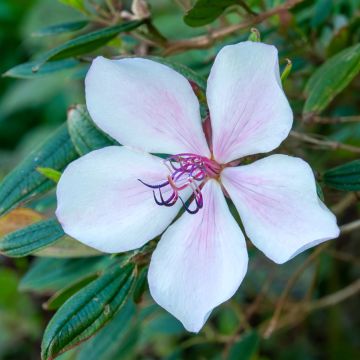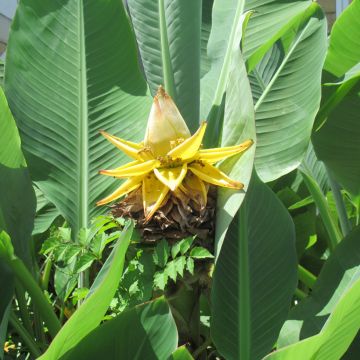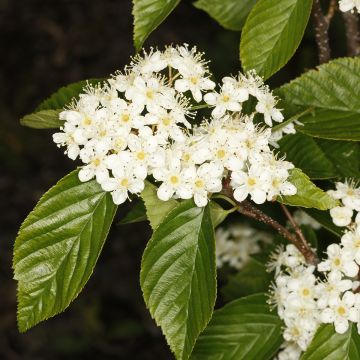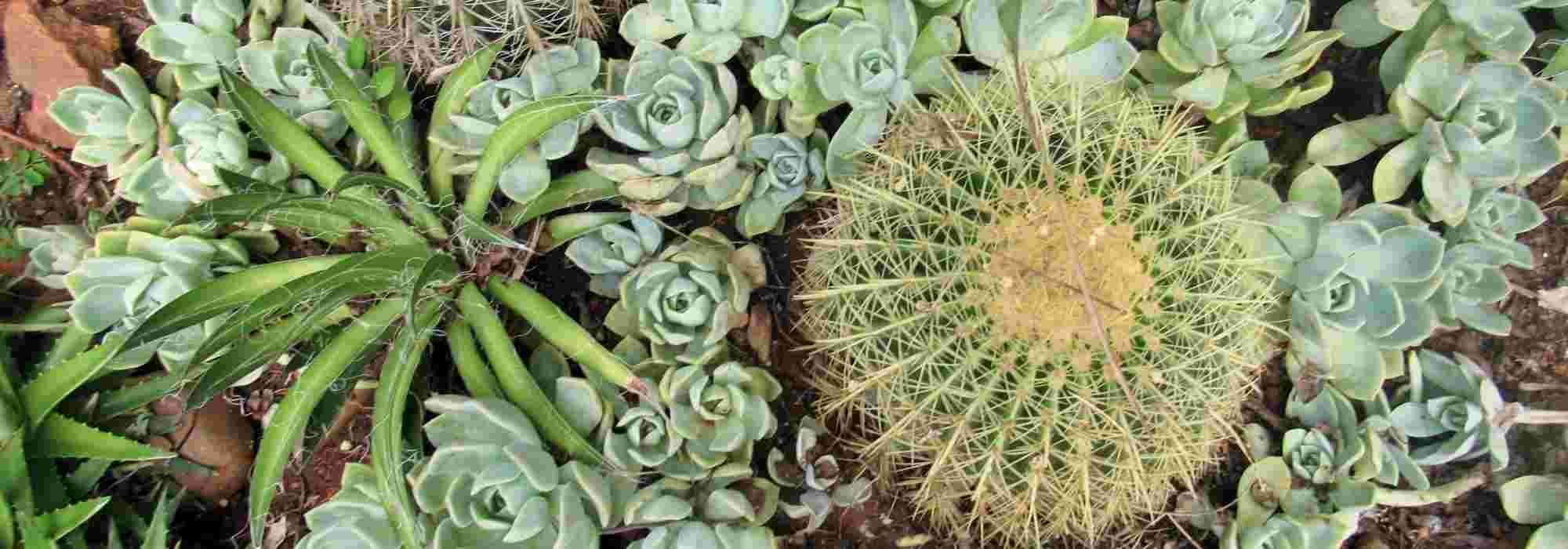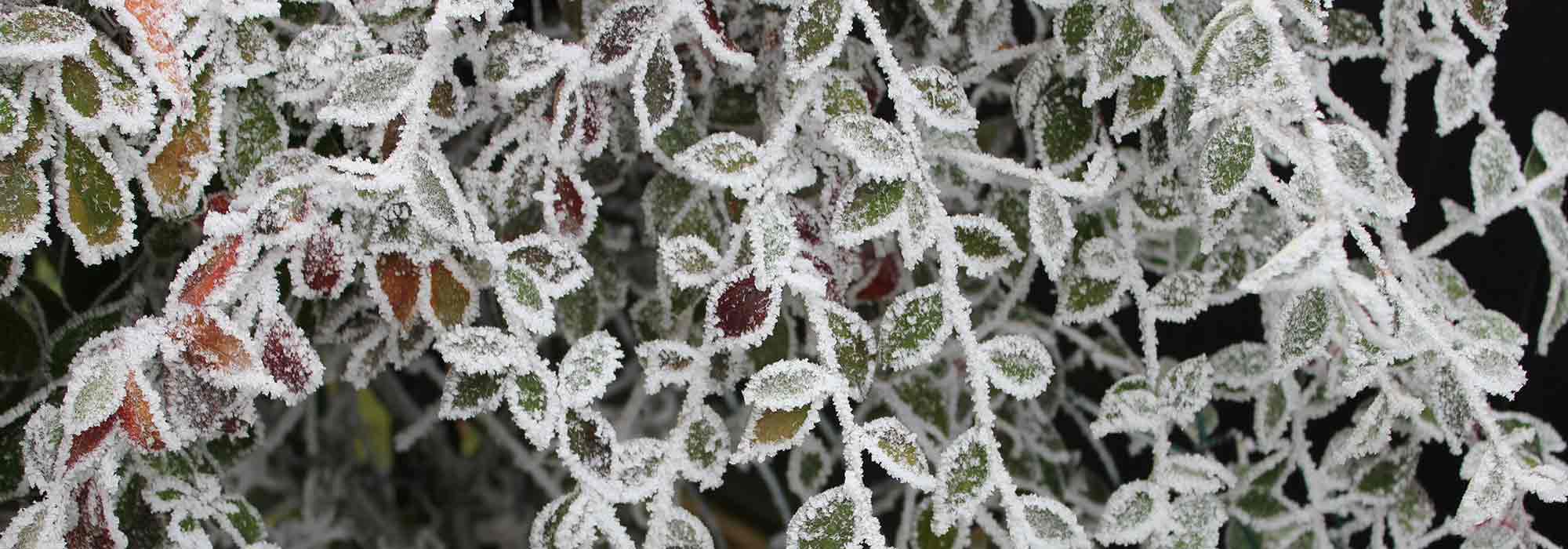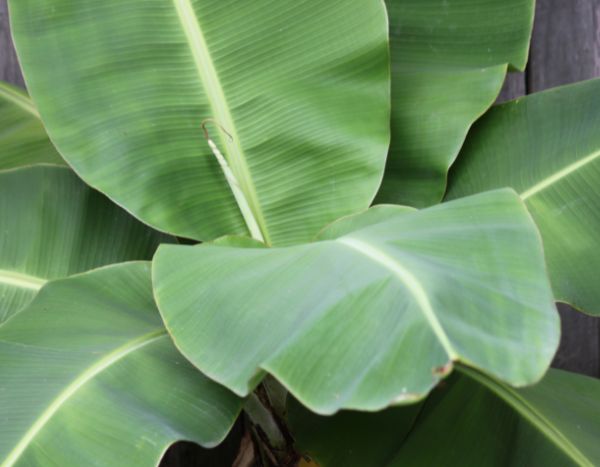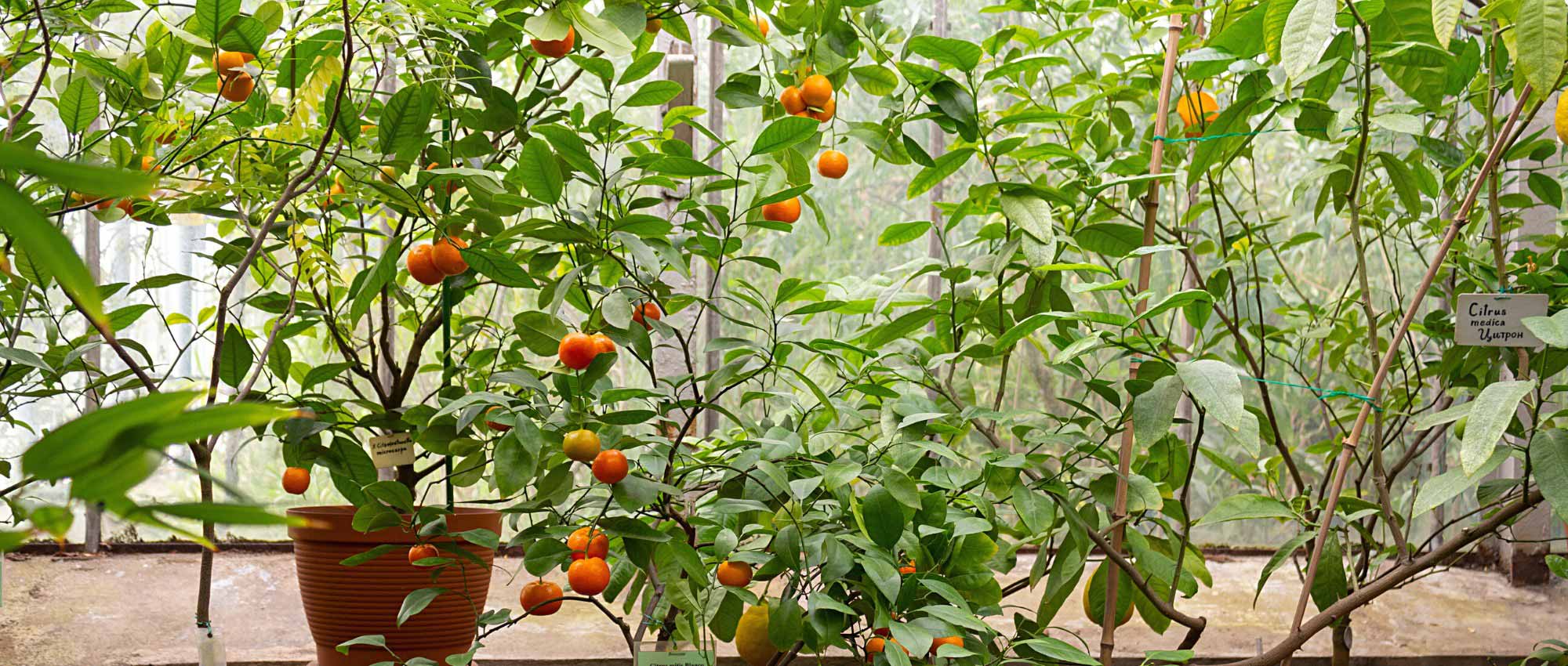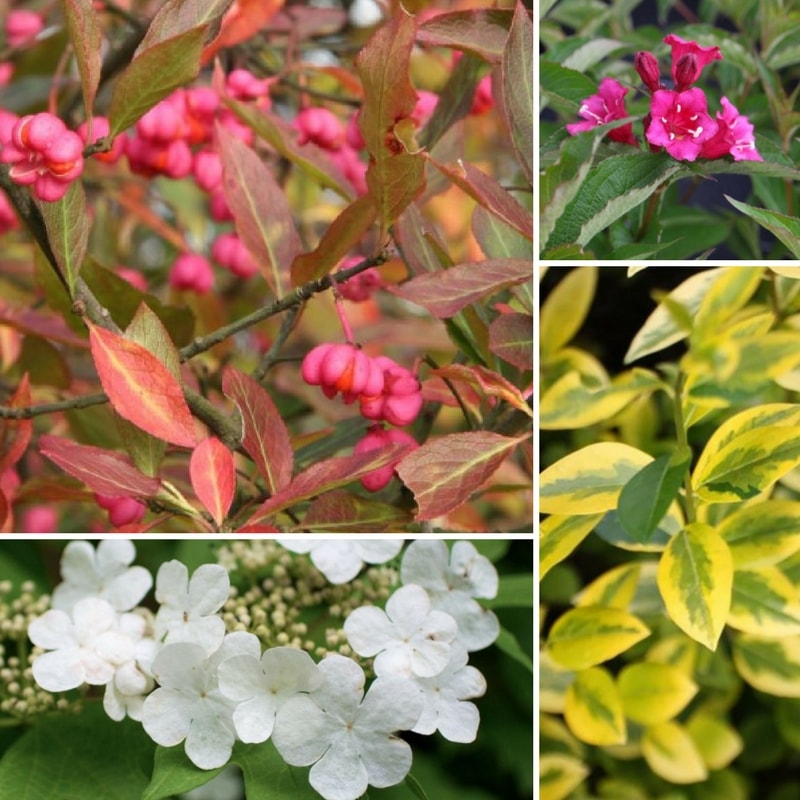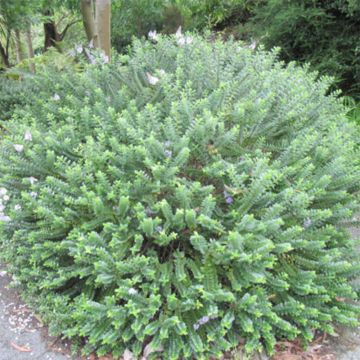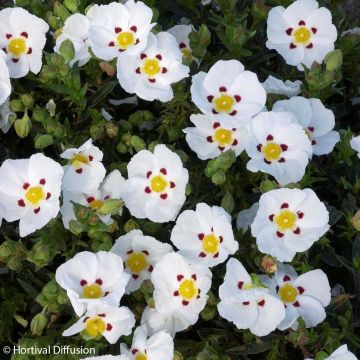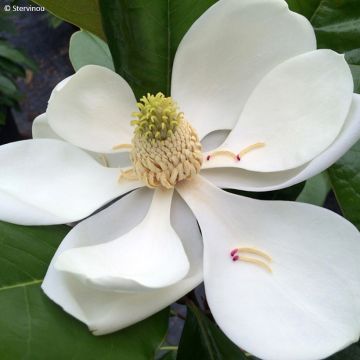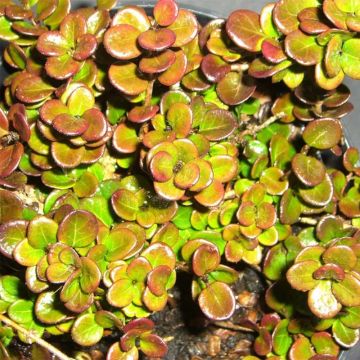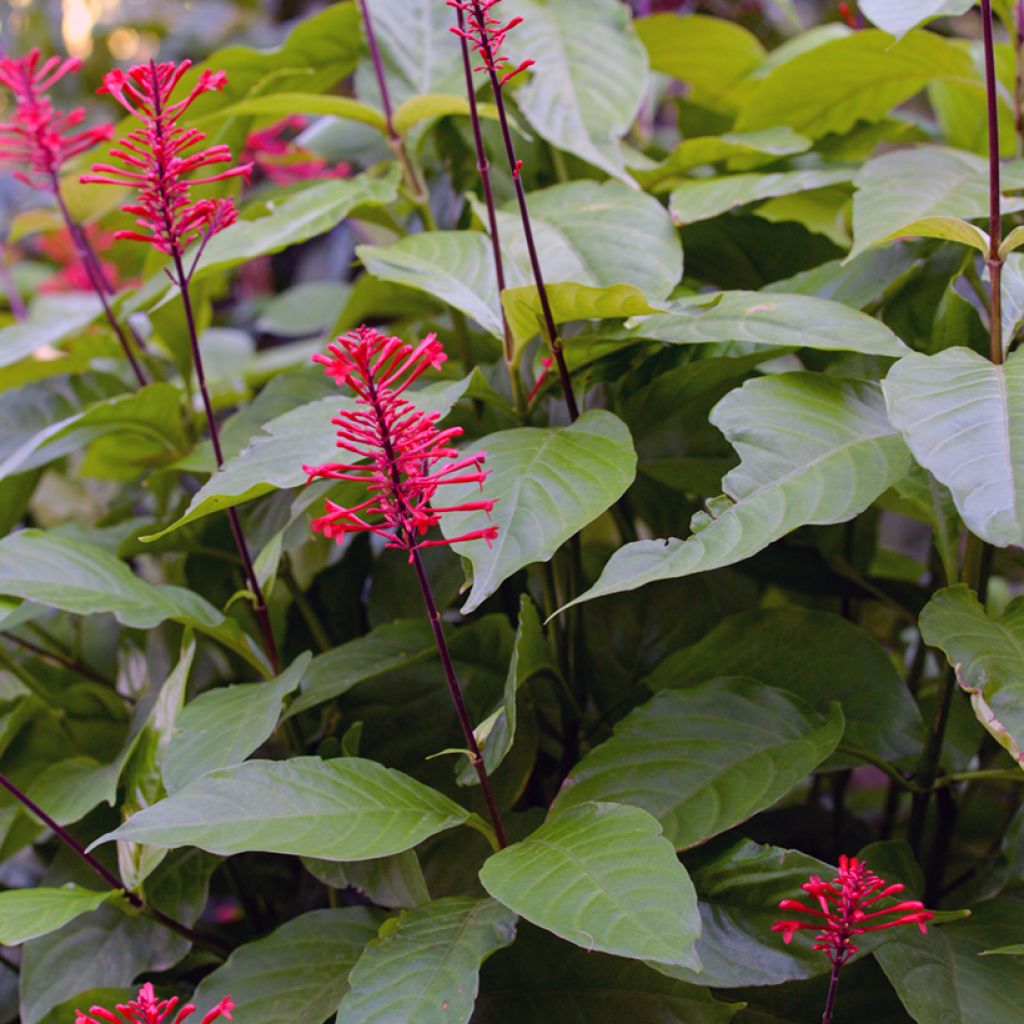

Odontonema strictum
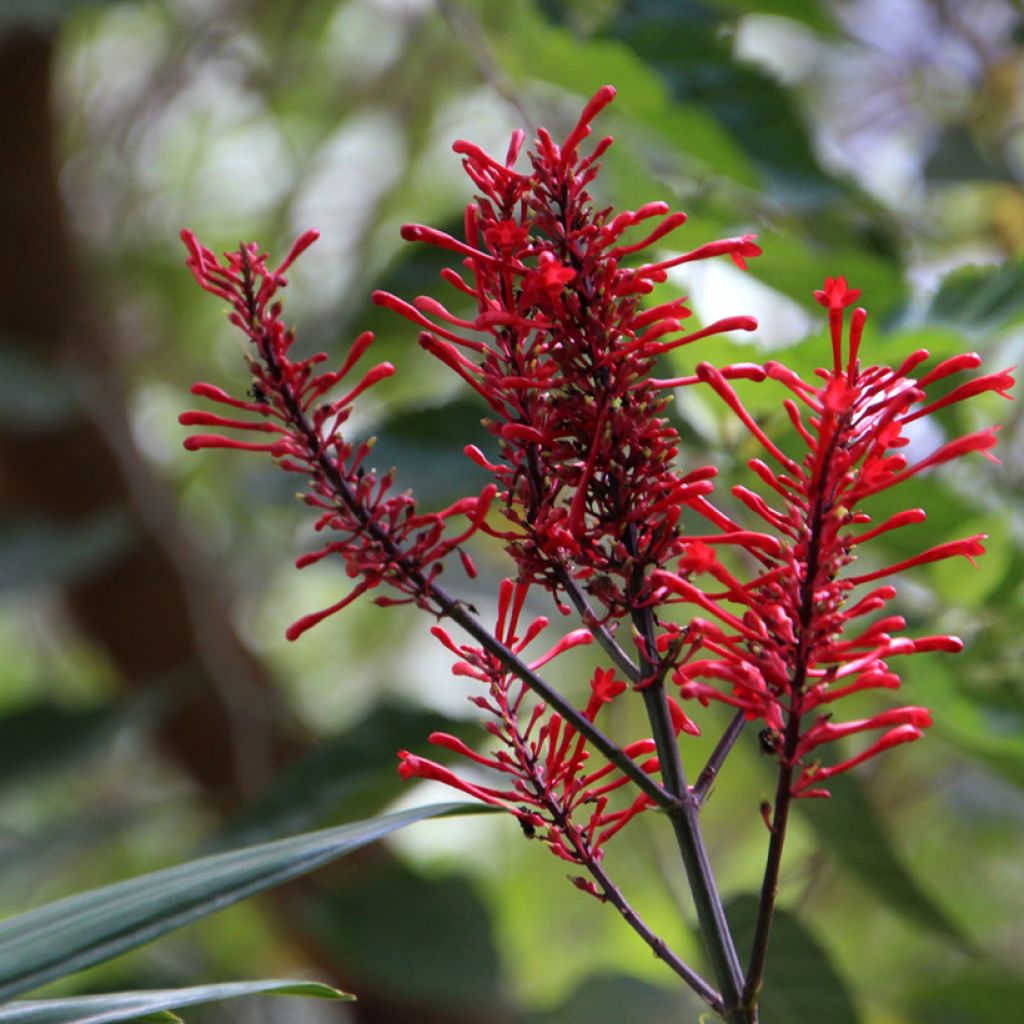

Odontonema strictum
Odontonema strictum
Odontonema strictum
Special offer!
Receive a €20 voucher for any order over €90 (excluding delivery costs, credit notes, and plastic-free options)!
1- Add your favorite plants to your cart.
2- Once you have reached €90, confirm your order (you can even choose the delivery date!).
3- As soon as your order is shipped, you will receive an email containing your voucher code, valid for 3 months (90 days).
Your voucher is unique and can only be used once, for any order with a minimum value of €20, excluding delivery costs.
Can be combined with other current offers, non-divisible and non-refundable.
Why not try an alternative variety in stock?
View all →This plant carries a 24 months recovery warranty
More information
We guarantee the quality of our plants for a full growing cycle, and will replace at our expense any plant that fails to recover under normal climatic and planting conditions.
Does this plant fit my garden?
Set up your Plantfit profile →
Description
Odontonema strictum, sometimes nicknamed Cardinal Flower, is a beautiful tropical bush with evergreen foliage, prized for its long-lasting autumn flowering. Its clusters of bright red flowers light up the late season. It is very sensitive to cold, so best grown in pots, ideally in a conservatory or unheated greenhouse during winter. However, in the most sheltered gardens along the Mediterranean coast, it can be acclimatised in open ground, protected from the wind. A treasure for lovers of rare tropical plants!
Odontonema strictum (synonym Odontonema tubaeforme) belongs to the Acanthaceae family. This species originates from Central and South America, notably found in Mexico, Guatemala, and Brazil, where it thrives in semi-wooded habitats and on the edges of tropical forests. This shrub has an upright and bushy habit, with erect stems, branching from the base. In open ground, it can reach up to 2 m in height and spread about 1.5 to 2 m wide. When grown in pots, its size is often more modest, around 1 m in height. Its growth is relatively fast under good conditions of warmth and humidity.
Its foliage persists in winter. It consists of large, opposite, ovate to lanceolate leaves, measuring between 10 and 20 cm long. They are a lustrous dark green, with a slightly leathery texture and entire or slightly wavy edges. Its semi-woody stems, though sturdy in appearance, are brittle and sensitive to strong winds, necessitating a sheltered location. The flowering, which usually begins in October and continues into winter, is one of the plant’s greatest attractions. The inflorescences, in up to 30cm long spikes, bear tubular bright red flowers. These flowers, though unscented, are rich in nectar. In the wild, the flowering is visited by hummingbirds and certain butterflies. Odontonema strictum does not produce fruit in our climates.
Odontonema strictum, due to its sensitivity to frost, is usually grown in pots on a terrace, balcony, or in an unheated greenhouse, but can be planted in open ground in sheltered gardens along the Mediterranean coast. It pairs wonderfully with other tropical species. For a balanced composition, combine it with a Hibiscus rosa-sinensis, a Brugmansia arborea, and a Strelitzia reginae (Bird of Paradise). These mild-climate plants will create a cohesive exotic garden, whether in pots or open ground where possible. Another advantage of this bush is its ease of propagation. It roots very easily from cuttings, allowing you to enrich your garden or share this spectacular plant with other enthusiasts.
Report an error about the product description
Odontonema strictum in pictures
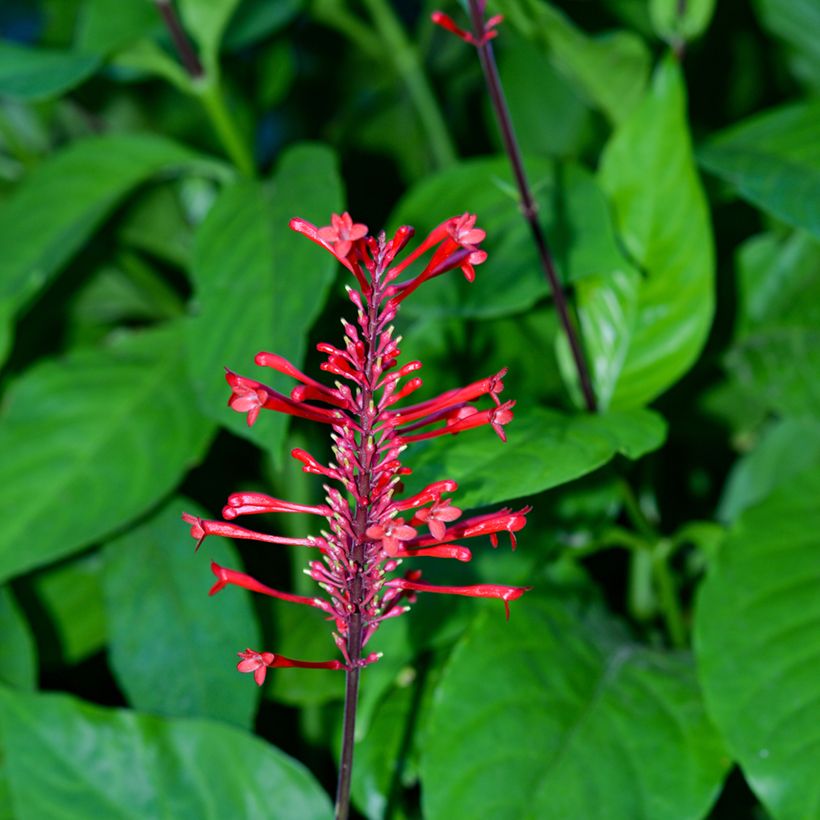

Plant habit
Flowering
Foliage
Botanical data
Odontonema
strictum
Acanthaceae
Odontonema tubaeforme, Odontonema cuspidatum, Thyrsacanthus cuspidatus
Central America, South America
Other Exotic shrubs
View all →Planting and care
Odontonema strictum is a tender tropical plant that cannot tolerate temperatures below 0°C. Below 8°C, its foliage suffers, and a light frost can be fatal. It can only be grown outdoors in regions with a very mild climate, particularly along the Mediterranean coast, where it can be acclimatised if planted in a sheltered spot protected from wind and cold, such as at the foot of a south-facing wall. It thrives in rich, moist, well-drained, and slightly acidic soil. Organic mulch at the base will help retain moisture and protect the roots from temperature fluctuations. Regular watering in summer is essential, as it cannot withstand prolonged drought.
Outside the most favourable areas, it is best grown in a pot, allowing it to be moved indoors during winter. A wide and deep container, at least 30 cm in diameter, with a light and well-draining substrate, is recommended. A mix of rich potting compost, garden compost, and sand promotes healthy growth. During the growing season, regular watering is crucial, allowing the substrate to dry slightly between waterings to avoid excess moisture. In winter, reduce watering and keep the plant at a minimum temperature of 10-12°C in a cold greenhouse, conservatory, or bright, frost-free room. Light pruning after flowering helps maintain a compact habit and encourages new shoots.
Whether grown in the ground or in a pot, a balanced liquid fertiliser applied every two weeks in spring and summer promotes abundant flowering. Easy to propagate from cuttings, it can be readily multiplied by taking semi-woody stem cuttings in summer, placed directly into a moist substrate.
Planting period
Intended location
Care
Planting & care advice
This item has not been reviewed yet - be the first to leave a review about it.
Similar products
Haven't found what you were looking for?
Hardiness is the lowest winter temperature a plant can endure without suffering serious damage or even dying. However, hardiness is affected by location (a sheltered area, such as a patio), protection (winter cover) and soil type (hardiness is improved by well-drained soil).

Photo Sharing Terms & Conditions
In order to encourage gardeners to interact and share their experiences, Promesse de fleurs offers various media enabling content to be uploaded onto its Site - in particular via the ‘Photo sharing’ module.
The User agrees to refrain from:
- Posting any content that is illegal, prejudicial, insulting, racist, inciteful to hatred, revisionist, contrary to public decency, that infringes on privacy or on the privacy rights of third parties, in particular the publicity rights of persons and goods, intellectual property rights, or the right to privacy.
- Submitting content on behalf of a third party;
- Impersonate the identity of a third party and/or publish any personal information about a third party;
In general, the User undertakes to refrain from any unethical behaviour.
All Content (in particular text, comments, files, images, photos, videos, creative works, etc.), which may be subject to property or intellectual property rights, image or other private rights, shall remain the property of the User, subject to the limited rights granted by the terms of the licence granted by Promesse de fleurs as stated below. Users are at liberty to publish or not to publish such Content on the Site, notably via the ‘Photo Sharing’ facility, and accept that this Content shall be made public and freely accessible, notably on the Internet.
Users further acknowledge, undertake to have ,and guarantee that they hold all necessary rights and permissions to publish such material on the Site, in particular with regard to the legislation in force pertaining to any privacy, property, intellectual property, image, or contractual rights, or rights of any other nature. By publishing such Content on the Site, Users acknowledge accepting full liability as publishers of the Content within the meaning of the law, and grant Promesse de fleurs, free of charge, an inclusive, worldwide licence for the said Content for the entire duration of its publication, including all reproduction, representation, up/downloading, displaying, performing, transmission, and storage rights.
Users also grant permission for their name to be linked to the Content and accept that this link may not always be made available.
By engaging in posting material, Users consent to their Content becoming automatically accessible on the Internet, in particular on other sites and/or blogs and/or web pages of the Promesse de fleurs site, including in particular social pages and the Promesse de fleurs catalogue.
Users may secure the removal of entrusted content free of charge by issuing a simple request via our contact form.
The flowering period indicated on our website applies to countries and regions located in USDA zone 8 (France, the United Kingdom, Ireland, the Netherlands, etc.)
It will vary according to where you live:
- In zones 9 to 10 (Italy, Spain, Greece, etc.), flowering will occur about 2 to 4 weeks earlier.
- In zones 6 to 7 (Germany, Poland, Slovenia, and lower mountainous regions), flowering will be delayed by 2 to 3 weeks.
- In zone 5 (Central Europe, Scandinavia), blooming will be delayed by 3 to 5 weeks.
In temperate climates, pruning of spring-flowering shrubs (forsythia, spireas, etc.) should be done just after flowering.
Pruning of summer-flowering shrubs (Indian Lilac, Perovskia, etc.) can be done in winter or spring.
In cold regions as well as with frost-sensitive plants, avoid pruning too early when severe frosts may still occur.
The planting period indicated on our website applies to countries and regions located in USDA zone 8 (France, United Kingdom, Ireland, Netherlands).
It will vary according to where you live:
- In Mediterranean zones (Marseille, Madrid, Milan, etc.), autumn and winter are the best planting periods.
- In continental zones (Strasbourg, Munich, Vienna, etc.), delay planting by 2 to 3 weeks in spring and bring it forward by 2 to 4 weeks in autumn.
- In mountainous regions (the Alps, Pyrenees, Carpathians, etc.), it is best to plant in late spring (May-June) or late summer (August-September).
The harvesting period indicated on our website applies to countries and regions in USDA zone 8 (France, England, Ireland, the Netherlands).
In colder areas (Scandinavia, Poland, Austria...) fruit and vegetable harvests are likely to be delayed by 3-4 weeks.
In warmer areas (Italy, Spain, Greece, etc.), harvesting will probably take place earlier, depending on weather conditions.
The sowing periods indicated on our website apply to countries and regions within USDA Zone 8 (France, UK, Ireland, Netherlands).
In colder areas (Scandinavia, Poland, Austria...), delay any outdoor sowing by 3-4 weeks, or sow under glass.
In warmer climes (Italy, Spain, Greece, etc.), bring outdoor sowing forward by a few weeks.






























